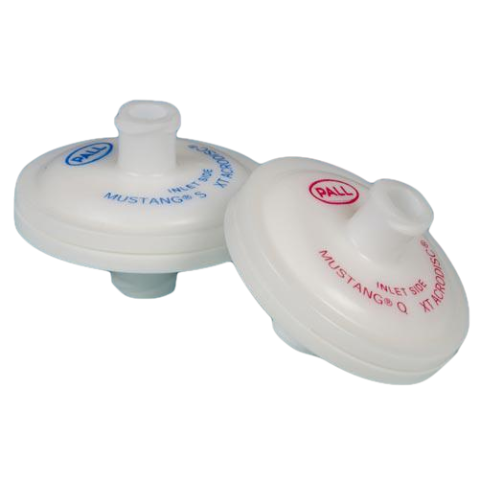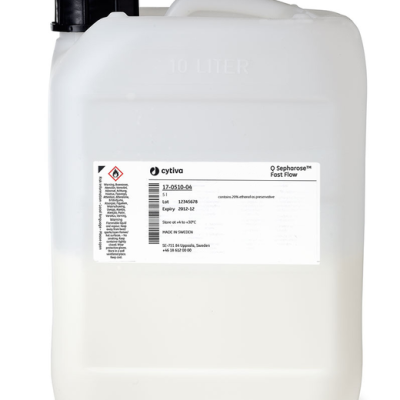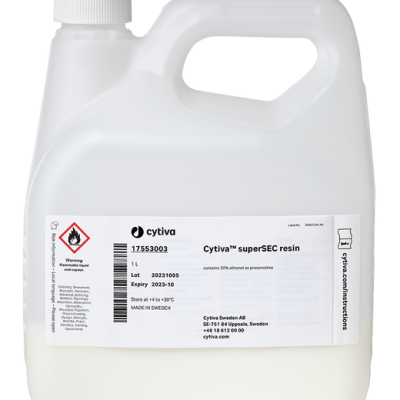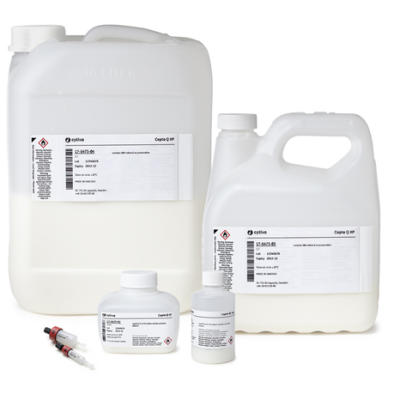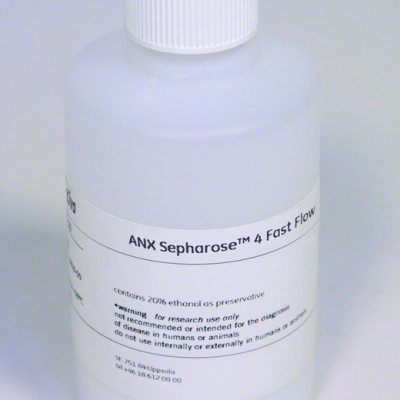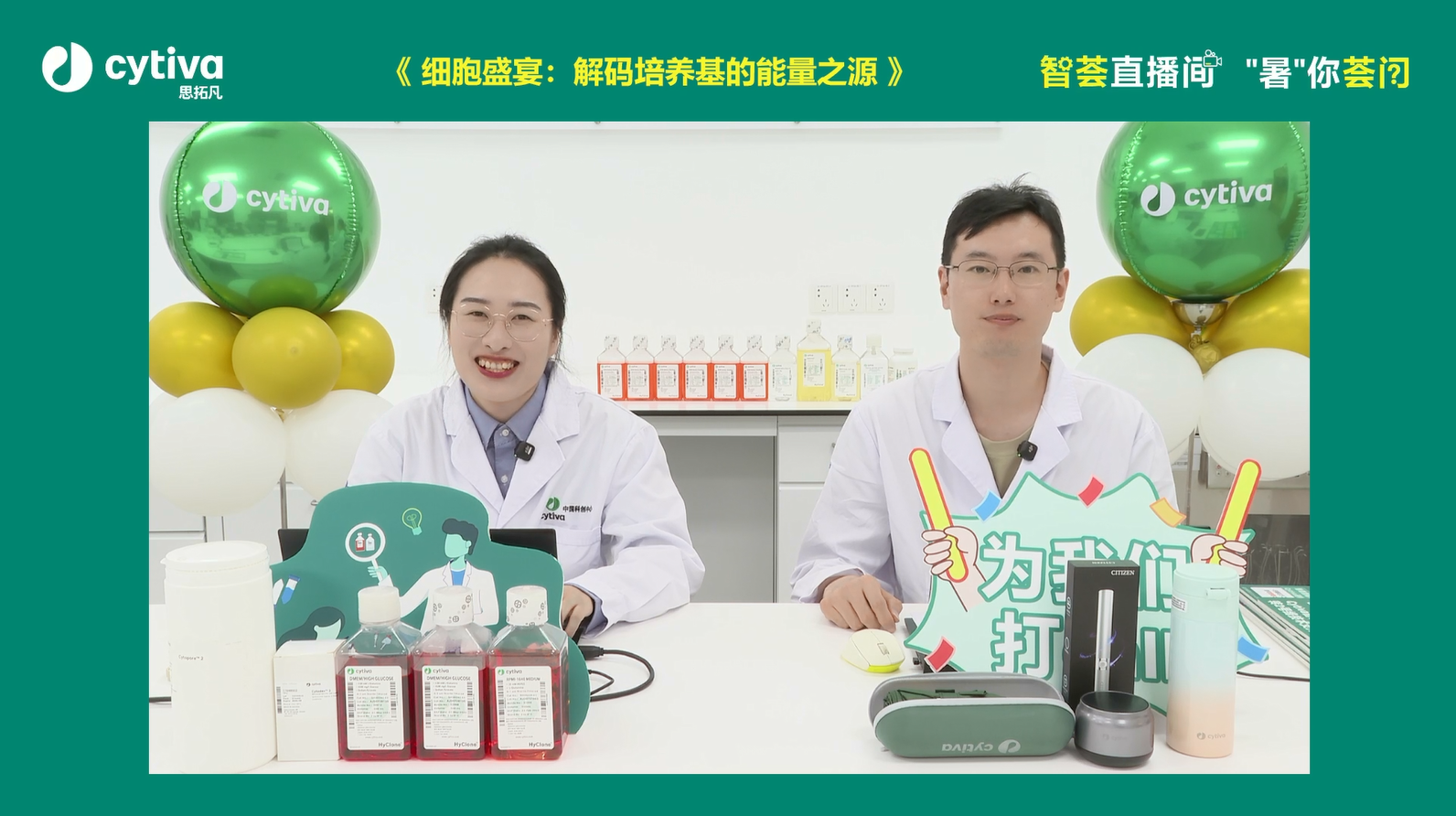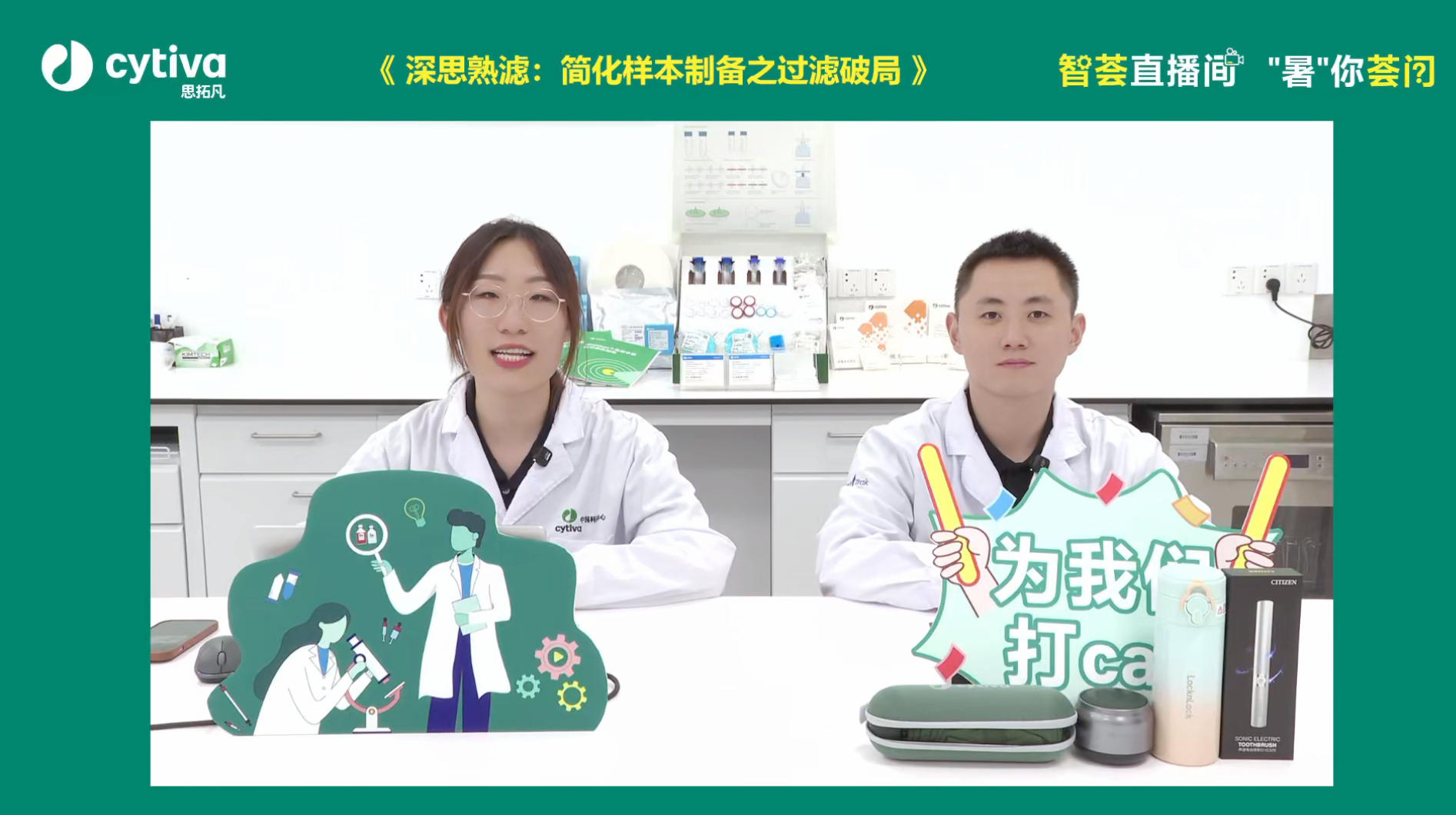Mustang™ Q and S chromatography membranes in XT Acrodisc™ capsule
Disposable membrane ion-exchange chromatography units for scale-down process development
产品详情
Mustang™ XT Acrodisc™ units, available in Q and S chemistries, are suitable for scale-down process development work in a variety of downstream process applications.
- Fast, easy-to-use, scale-down Mustang membrane unit facilitates process development work
- Device volume of < 1 mL minimizes sample volume requirements
- 16 layers of Mustang membrane allow easy scale-up to Mustang membrane pilot- and process-scale capsules
- Units achieve flow rates of up to 10 membrane volumes per minute (MV) without affecting performance
- Female Luer lock inlet and outlet simplifies use with typical low-pressure chromatography systems
- Disposable 25 mm units.
Mustang Q Membrane
Mustang Q membrane is anion-exchange support with pendant quaternary amine functional groups in a cross-linked polymeric coating on a 0.8-micron pore-size membrane. This gives high dynamic capacities for high molecular weight products such as DNA, plasmids, or even particles as large as viruses.

 收藏
收藏 询价
询价